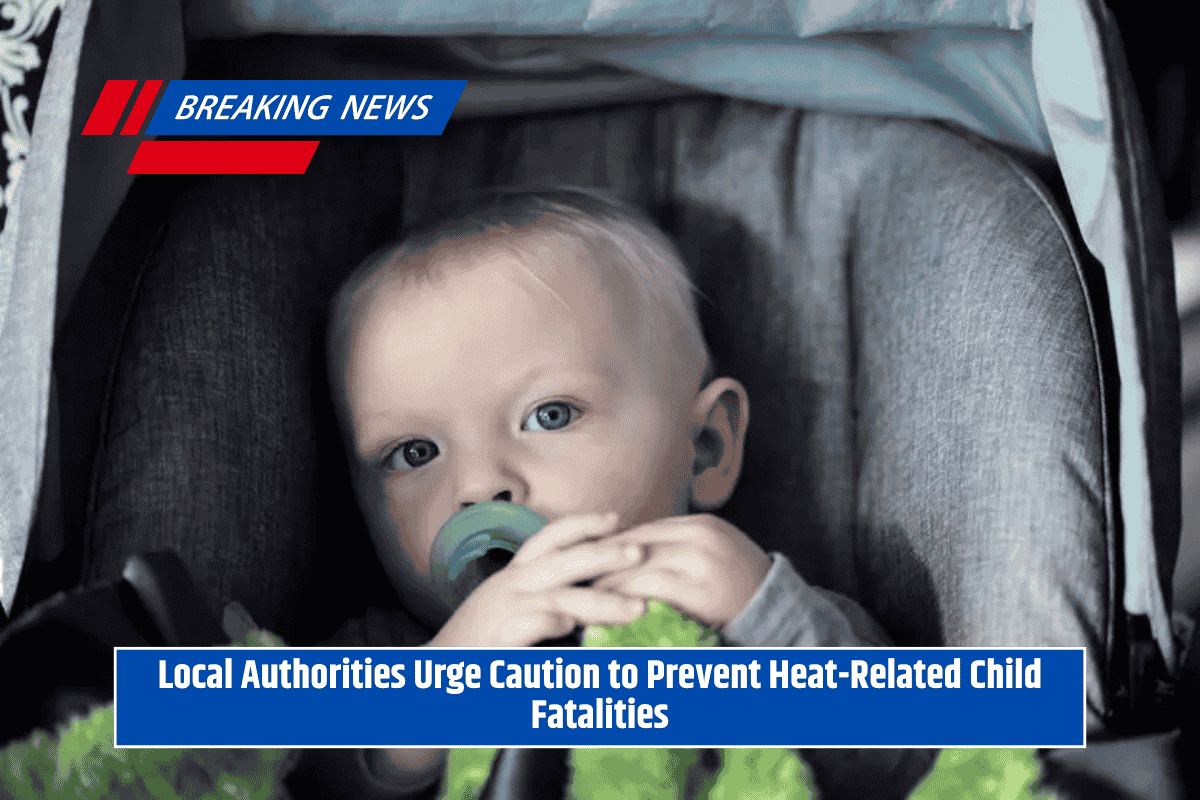Across the U.S., 20 children have tragically lost their lives this year due to being left in a vehicle during hot weather. These deaths are a result of Pediatric Vehicular Heatstroke (PVH), a preventable tragedy caused by heatstroke when a child is left in a car, often inadvertently.
Texas, in particular, has seen a disproportionate number of these deaths, with the most recent tragedies occurring in Brownsville, Galena Park near Houston, San Antonio, and Poteet, which is about 30 miles south of San Antonio.
Why Does Pediatric Vehicular Heatstroke Happen?
The cause of these deaths is often a memory lapse on the part of the caregiver. Many parents or guardians operate on autopilot through their daily routines, and forgetting a child in the backseat can happen, even though the consequences are devastating. Studies show:
53% of the deaths are due to a memory lapse where a caregiver forgets a child in the car.
24% happen when a child gets into an unattended vehicle without the caregiver’s knowledge.
22% of cases occur when a caregiver intentionally leaves a child in the car.
Preventative Measures: ACT
Melissa McKnight, a Traffic Safety Specialist for TxDOT’s Lufkin District, emphasizes that these deaths are preventable. She encourages caregivers to make it a habit of checking the backseat whenever they get out of the car. This simple habit can significantly reduce the risk of a memory lapse.
To help prevent these tragic accidents, the ACT acronym is promoted:
Avoid heatstroke-related injuries.
Create reminders for yourself.
Take action immediately to check for children in the car.
By using this reminder system, you can lower the chances of accidentally leaving a child in the vehicle.
Encouraging Safe Habits in Texas
Tim Monzingo, a public information officer in East Texas, stresses the importance of sharing this life-saving information with others. Educating those in your life—especially people who often travel with kids—could be the key to preventing these senseless deaths. As Monzingo states, “That’s something all Texans can get behind.”
Don’t Mess With These Texas Snakes
While hot weather in Texas brings challenges for families, it also signals the presence of some dangerous creatures in the wild. Here’s a quick guide to some of the venomous snakes you should be cautious of:
1. Western Diamondback
Known as one of Texas’ most famous and dangerous snakes, it can grow over 8 feet long and is commonly found in dry, brushy areas. It’s also one of the top snakes responsible for fatal bites in the U.S.
Key feature: Its loud rattle and diamond pattern with cream-colored outlines are a warning.
2. Copperhead
A camouflaged expert, especially during cicada season, and found near oak trees at night. Copperheads are sneaky but usually don’t strike unless provoked.
3. Texas Coral Snake
Brightly colored with red, yellow, and black bands, this snake is often confused with harmless species. Remember the rhyme: “Red and yellow can kill a fellow; red and black, friend of Jack.”
4. Timber Rattlesnake
A significant dangerous rattlesnake, typically found in rugged forests. While not the largest, it’s highly venomous, especially when females emerge to warm up in the summer.
5. Cottonmouth (Water Moccasin)
A semi-aquatic venomous snake found in swamps, ponds, and lakes across East and Central Texas. Known for its large triangle-shaped head and serious venom, cottonmouths can bite even in the water, so stay cautious near bodies of water.
Both the dangers of Pediatric Vehicular Heatstroke and the threat of venomous snakes in Texas require vigilance and preparation.
Protecting children from heatstroke involves creating daily habits to check for children left in vehicles, while avoiding dangerous snakes means staying alert when outdoors. Both are preventable tragedies if the right precautions are taken.
